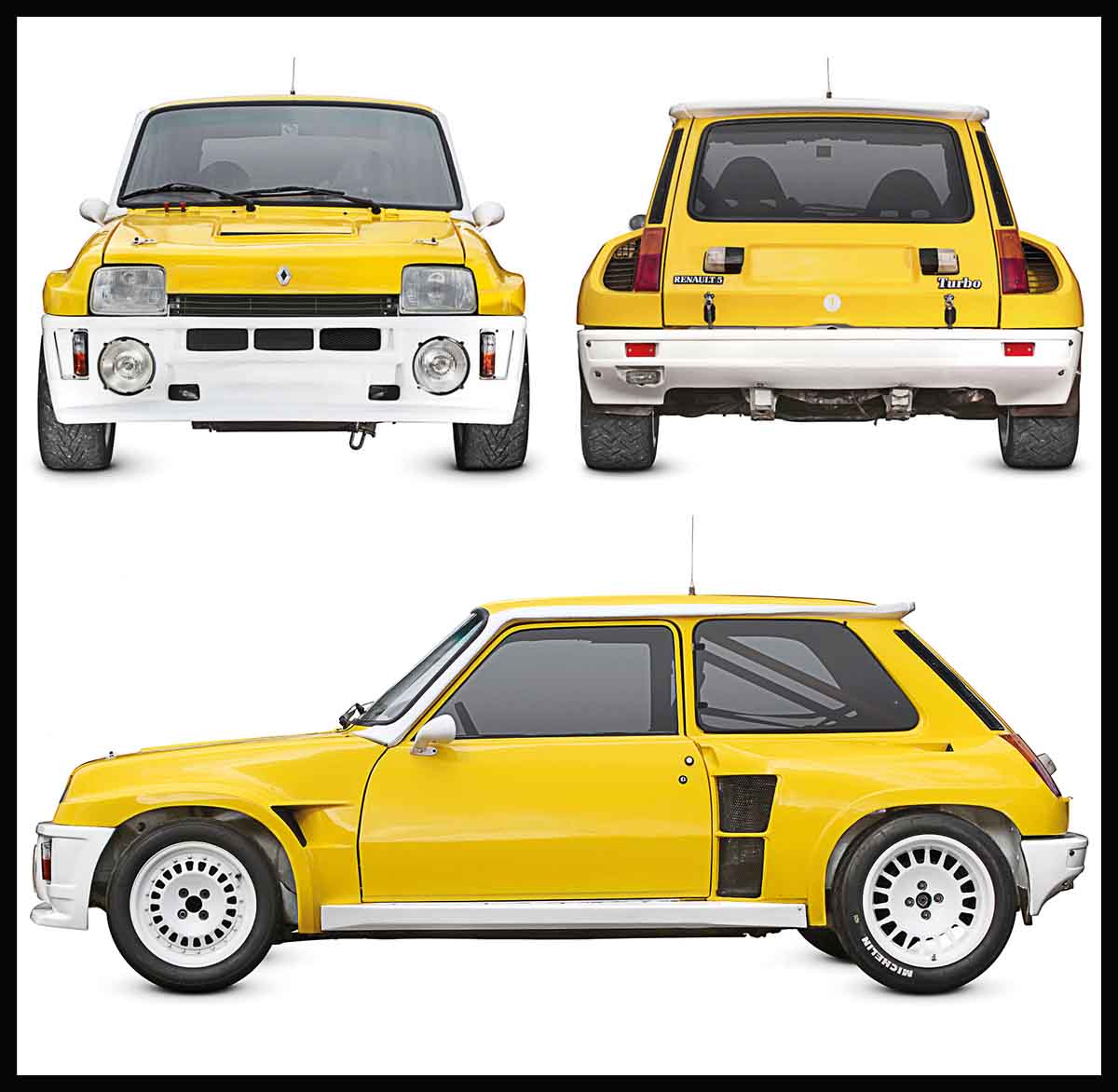
Renault 5 Turbo
A true pocket-rocket, the 1980 Renault 5 Turbo was clearly related to the company’s popular Super Cinq, but in terms of engineering, construction, and performance it was a whole different beast. Intended primarily for rallying, and therefore pitted head to head with cars such as the Lancia Stratos and Audi Quattro, it also became a successful road car with more than 3,500 sold over a four-year period.
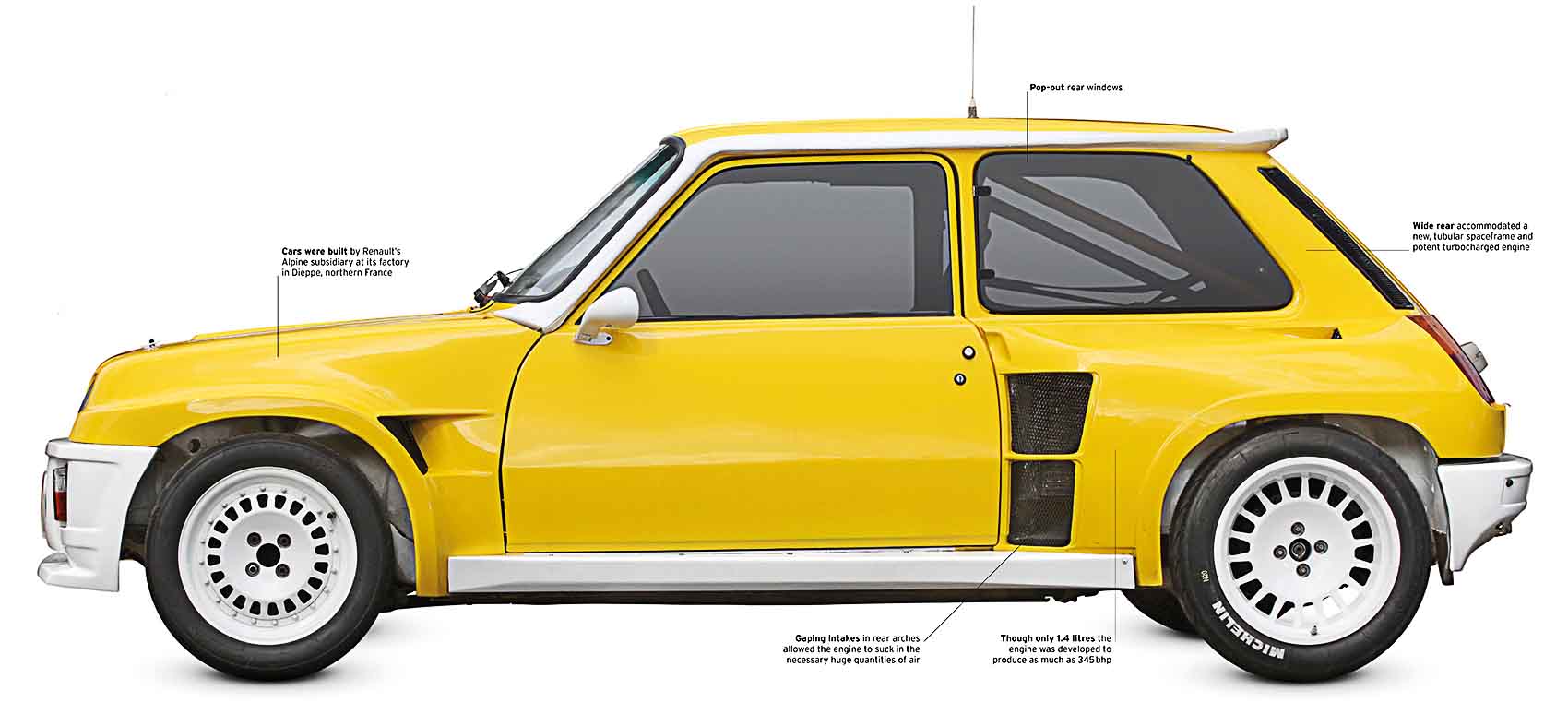
WITH SOME RADICAL restyling, Bertone’s Marcello Gandini transformed the familiar 5 Turbo into a two-seater with rear-wheel drive. The back half of the cabin was taken up by a fire-breathing, 1397 cc Cléon-Fonte, turbocharged, four-cylinder engine.
With a long and successful history in motor sport, the resulting machine nevertheless proved to be a real landmark car for Renault. As one of the most super superminis ever created, it went on to win the opening round of the 1981 World Rally Championship race, the historic Monte Carlo Rally.
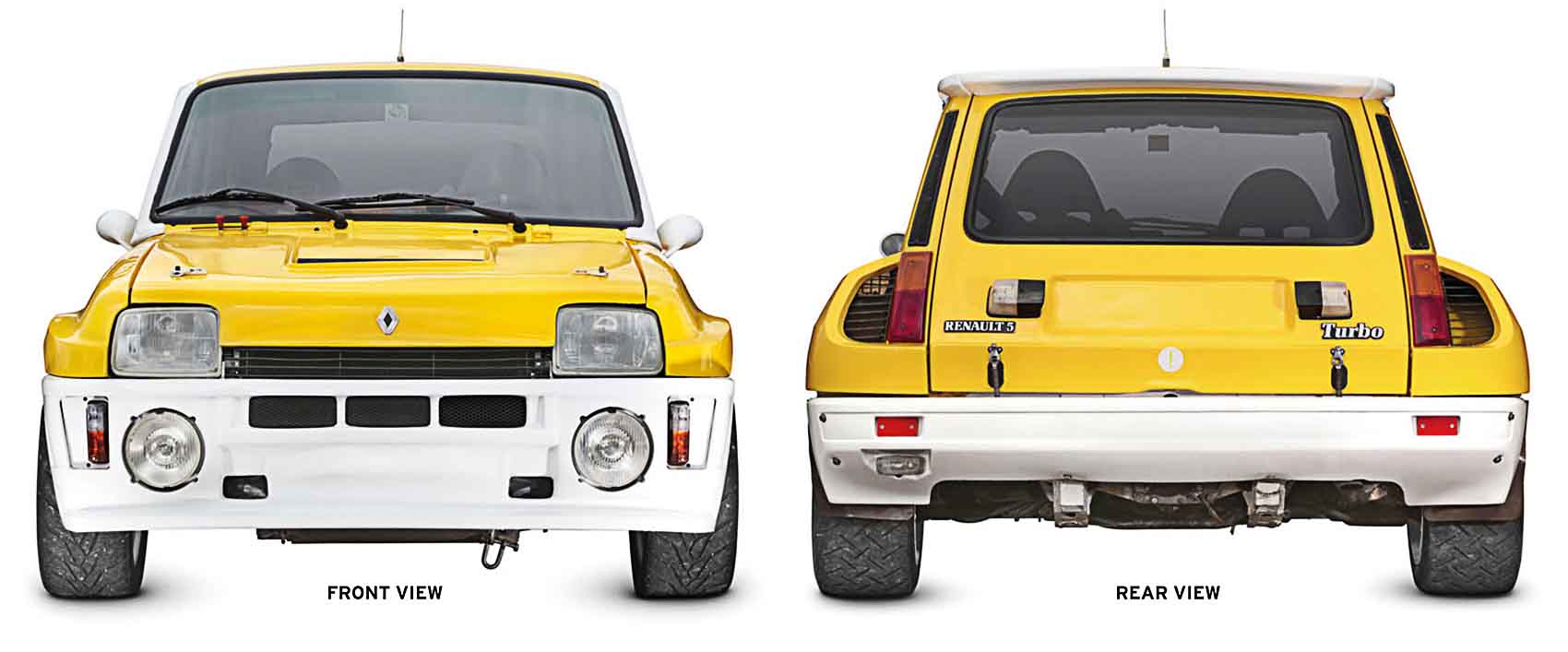
SPECIFICATIONS
| Model | Renault 5 Turbo, 1980-86 |
| Assembly | France and Belgium |
| Production | 3,576 |
| Construction | Aluminum and fibreglass monocoque |
| Engine | 1397 cc, straight-four |
| Power output | 158 bhp (in standard form) |
| Transmission | 5-speed manual |
| Suspension | Front and rear coil springs |
| Brakes | All-round discs |
| Maximum speed | 130 mph (209 km/h) |
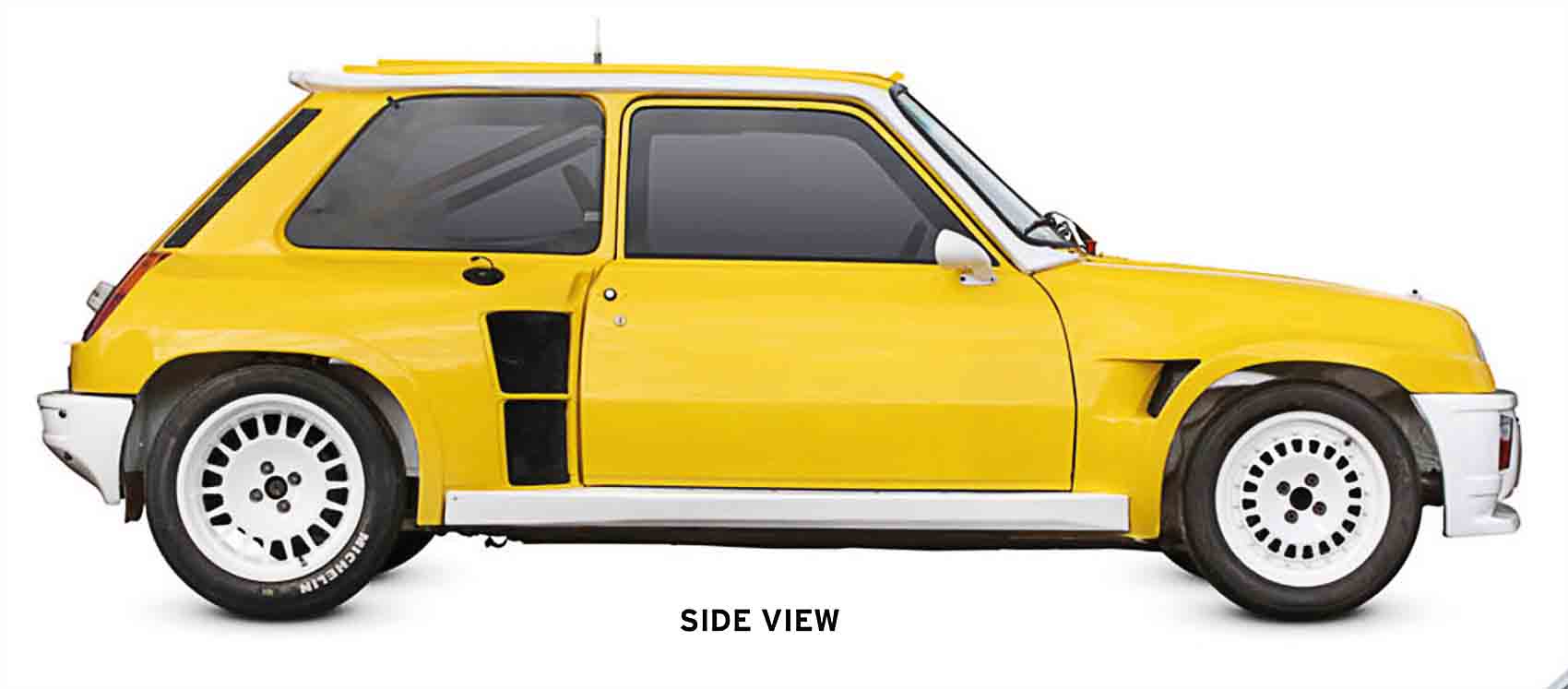
Styling
Though still clearly a Renault 5, the work required to transform a small family car into a rally winner meant that almost every body panel was unique to this car. The result had a slightly cartoon-like quality although the shape still exuded a great sense of power and purpose.
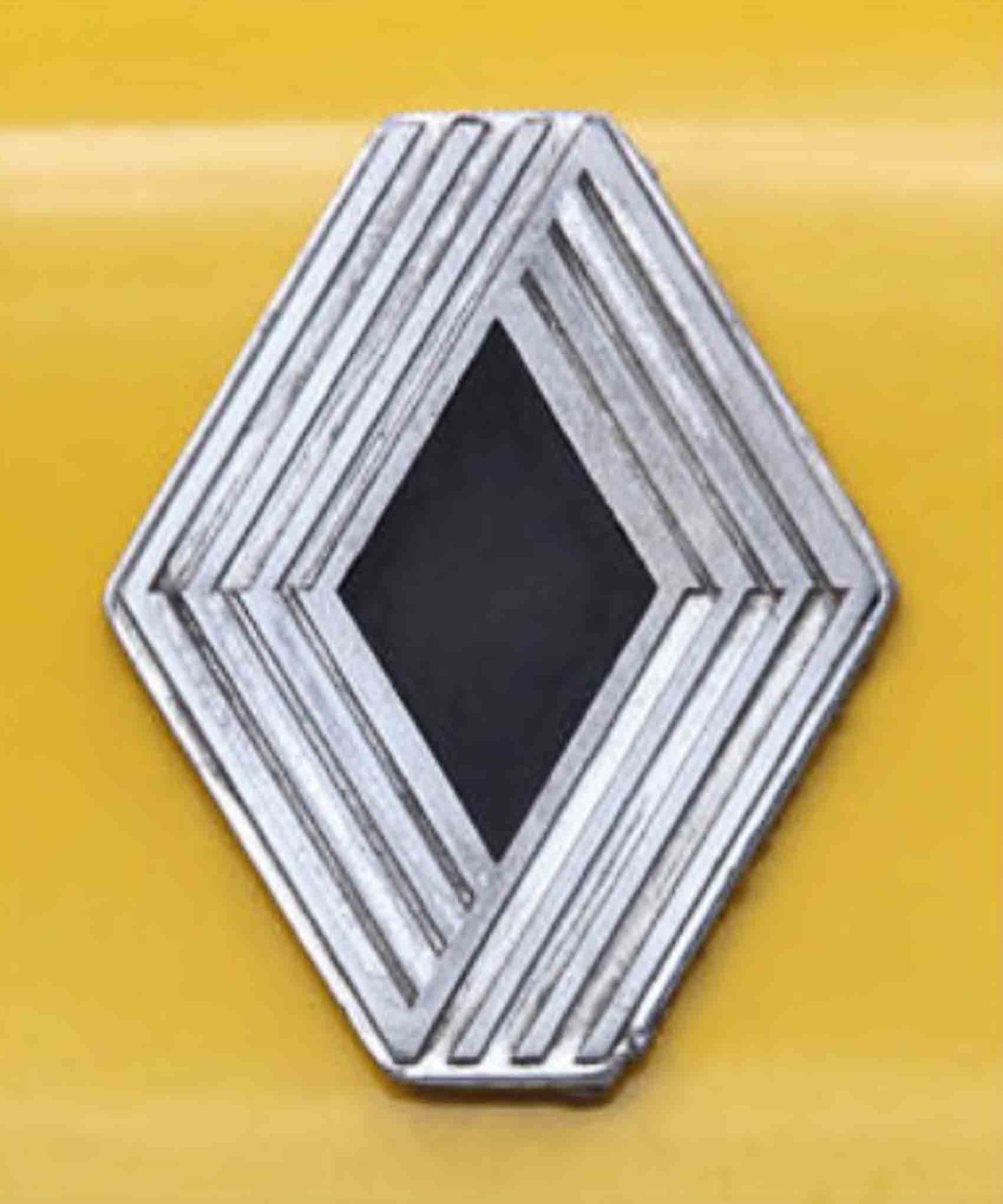
Renault badge
Intended to highlight the company’s quality, design, and engineering, the diamond badge was first introduced in 1925. Initially it included the word “Renault” on a central crossbar, but with increasing brand recognition this was removed in 1972 to simplify the graphic device.
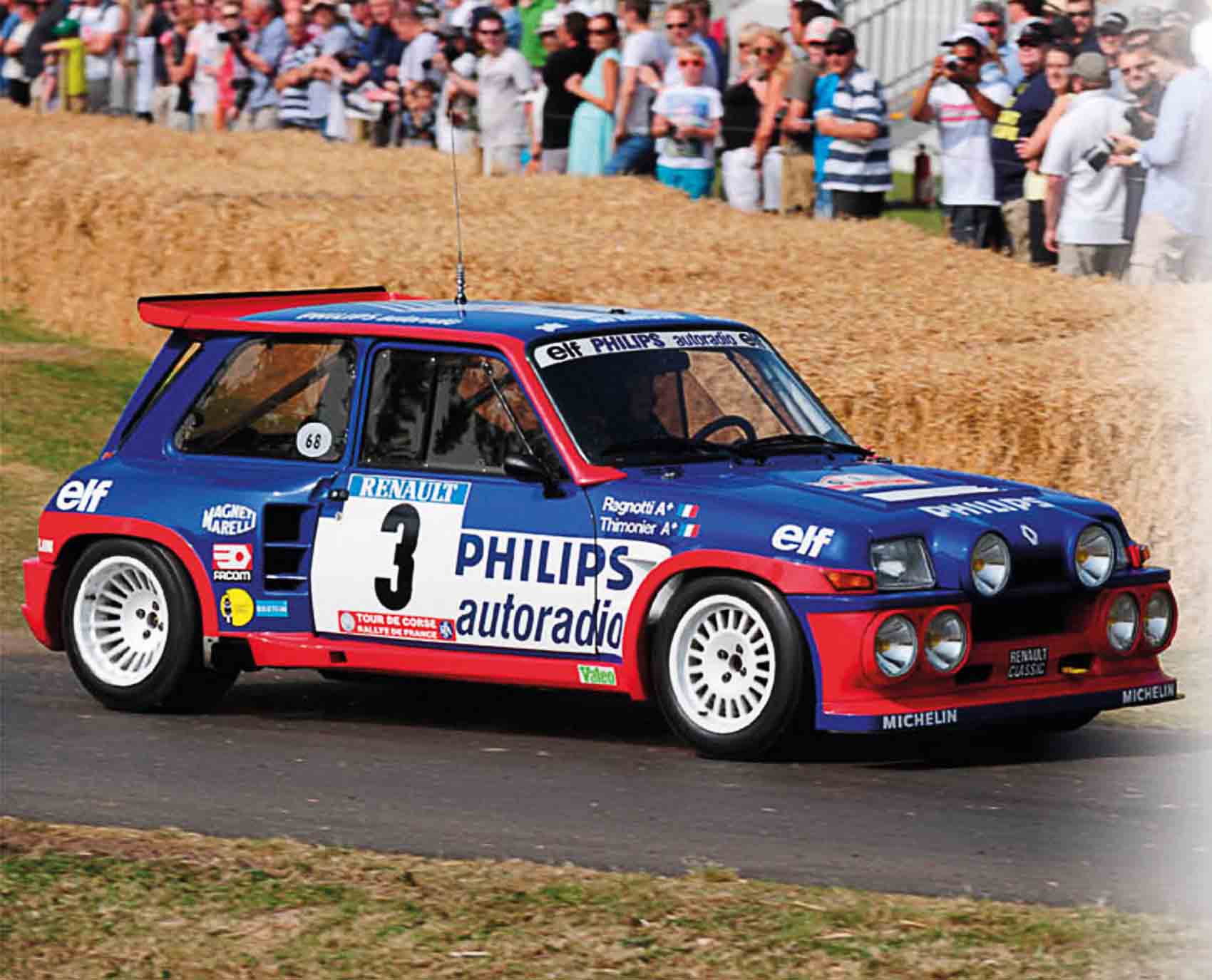
ON THE ROAD
Something of a golden era for rally car racing, the late-1970s and early ’80s saw big names such as Ford, Audi, and Renault spending huge sums of money in a bid to wow spectators and car buyers alike. Renault’s challenger looked much like the standard R5 but it was effectively an entirely new car, and one which arguably owed more to the company’s pioneering Formula 1 contenders—the first to introduce turbocharging—than to the chic, bestselling supermini. Removing the body revealed the stark, purposeful racing machine it really was. That this could be driven quite legally on normal roads seemed astonishing, but it also explains why such an odd little vehicle commanded so much attention as a modern classic.
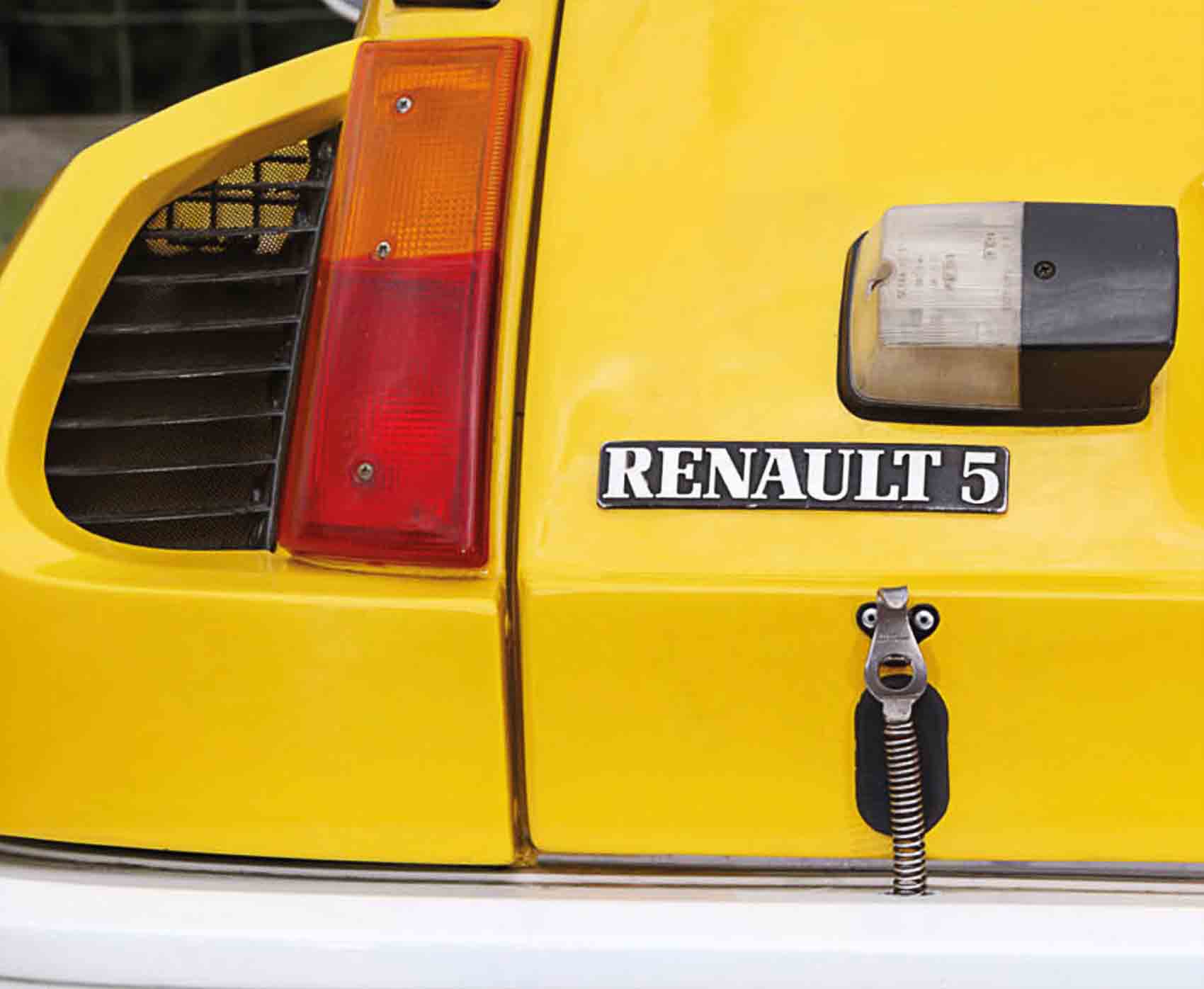
Rear lights are one of few parts shared with standard R5
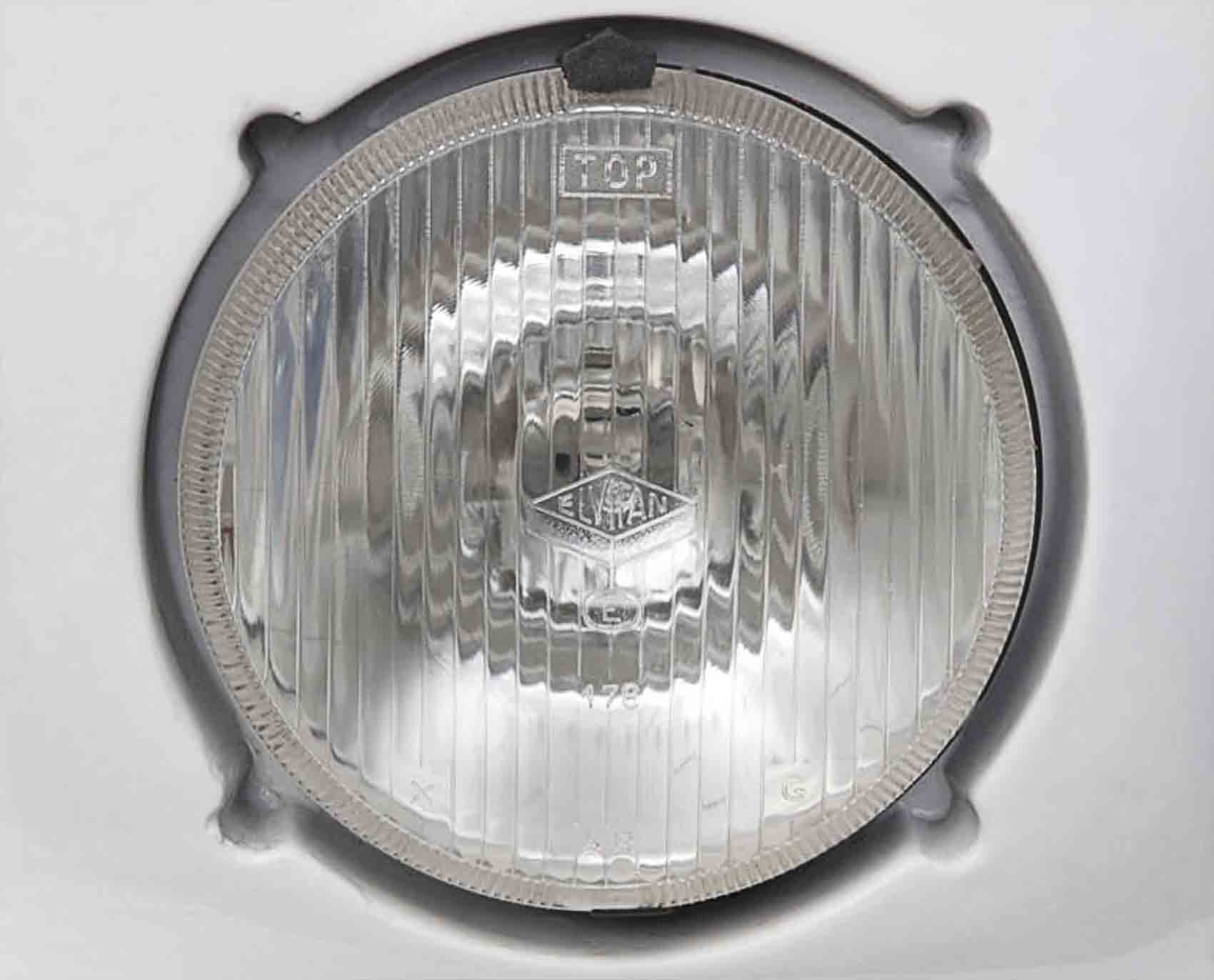
Fog lamps inserted into front skirt—essential for rallying
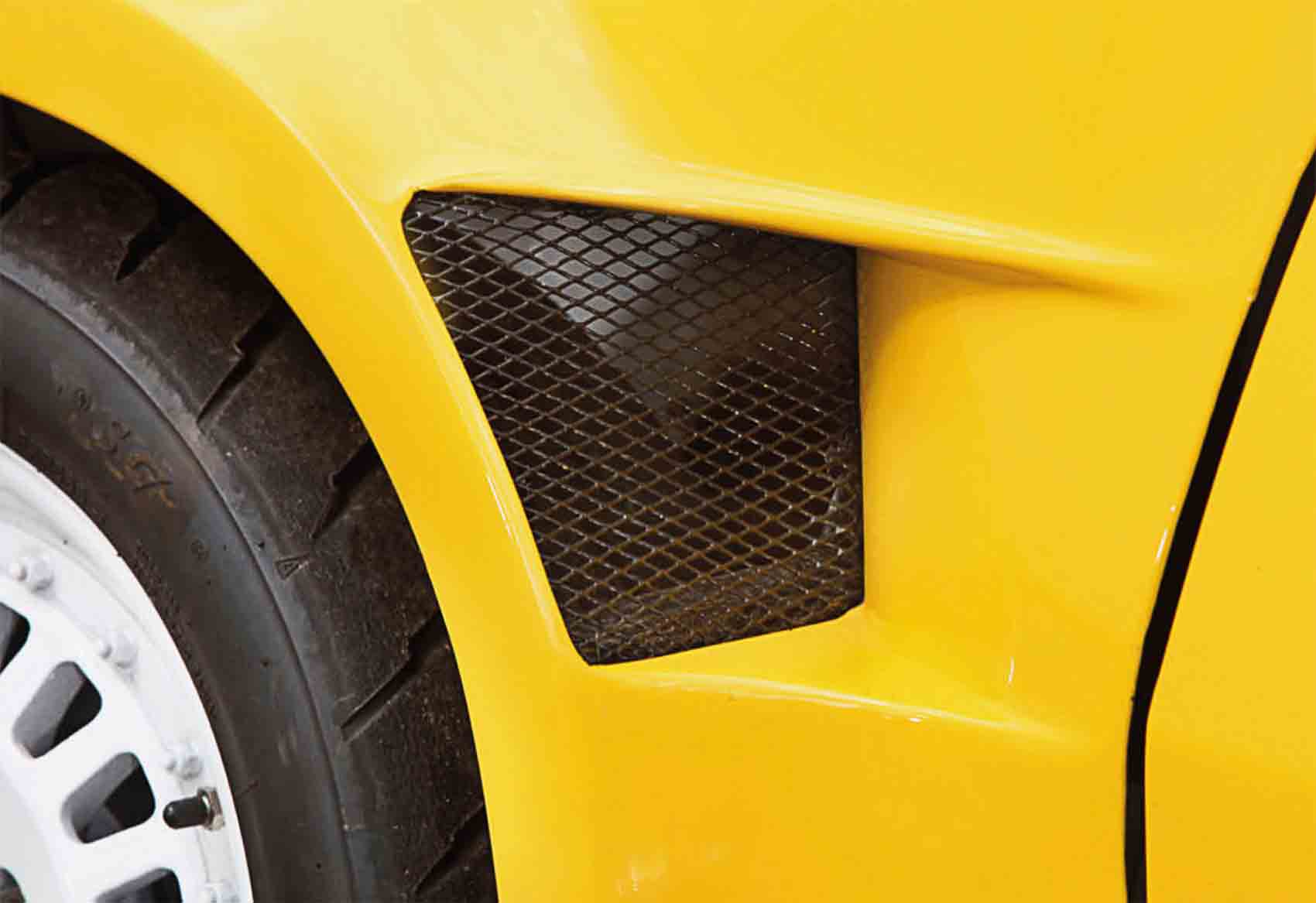
Air intakes cool the front brakes
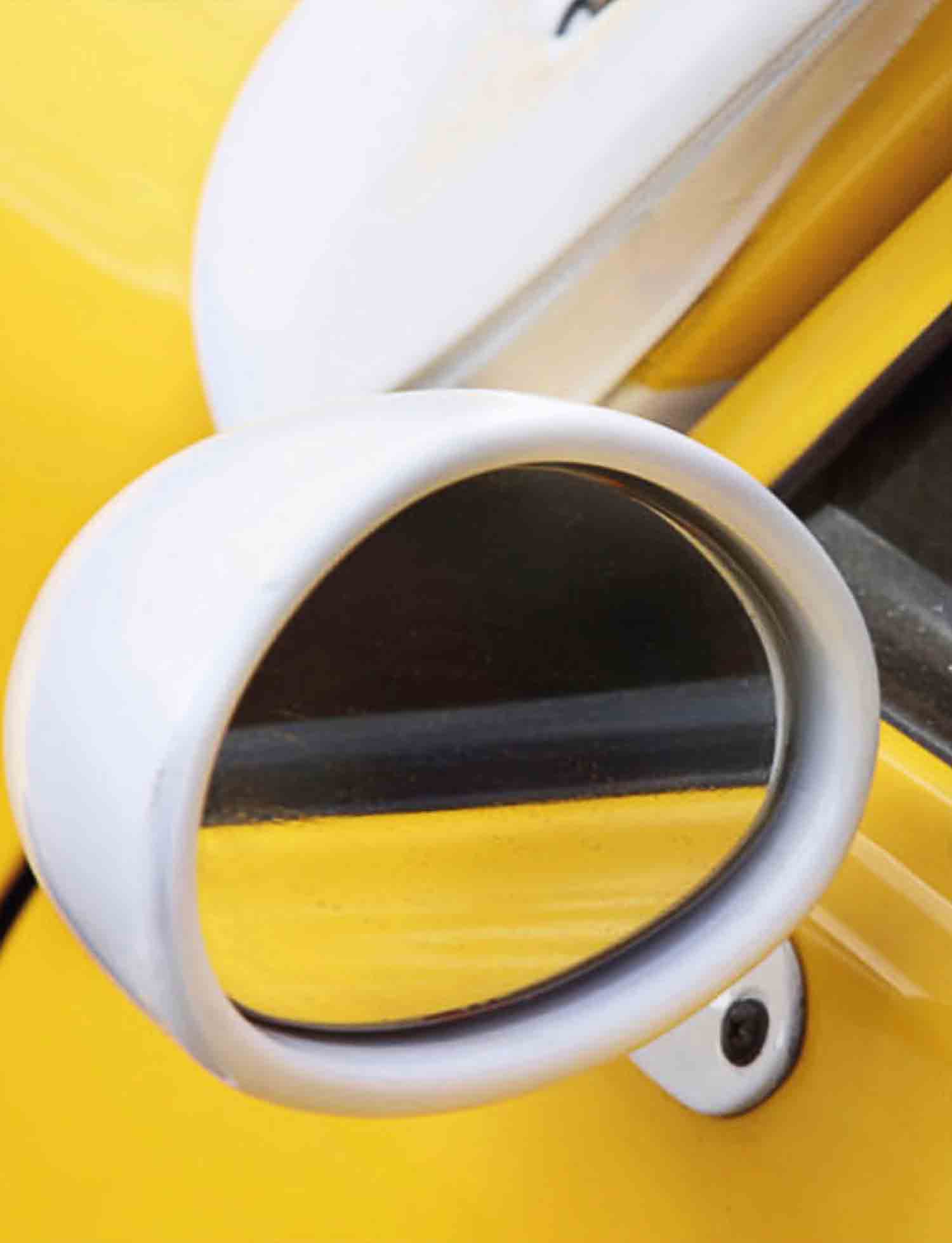
Rear mirror encased in impact-resistant plastic
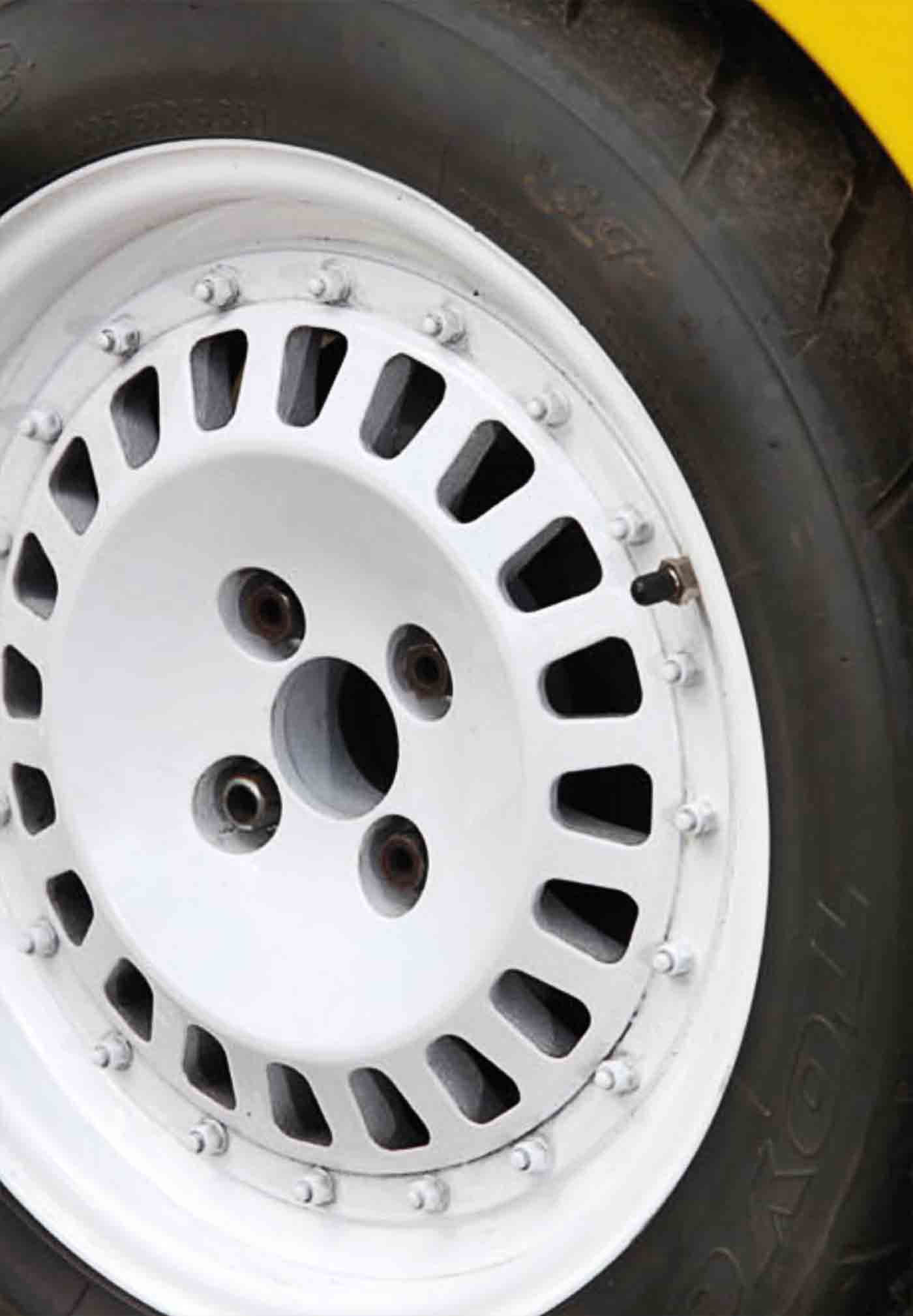
Lightweight alloy wheel
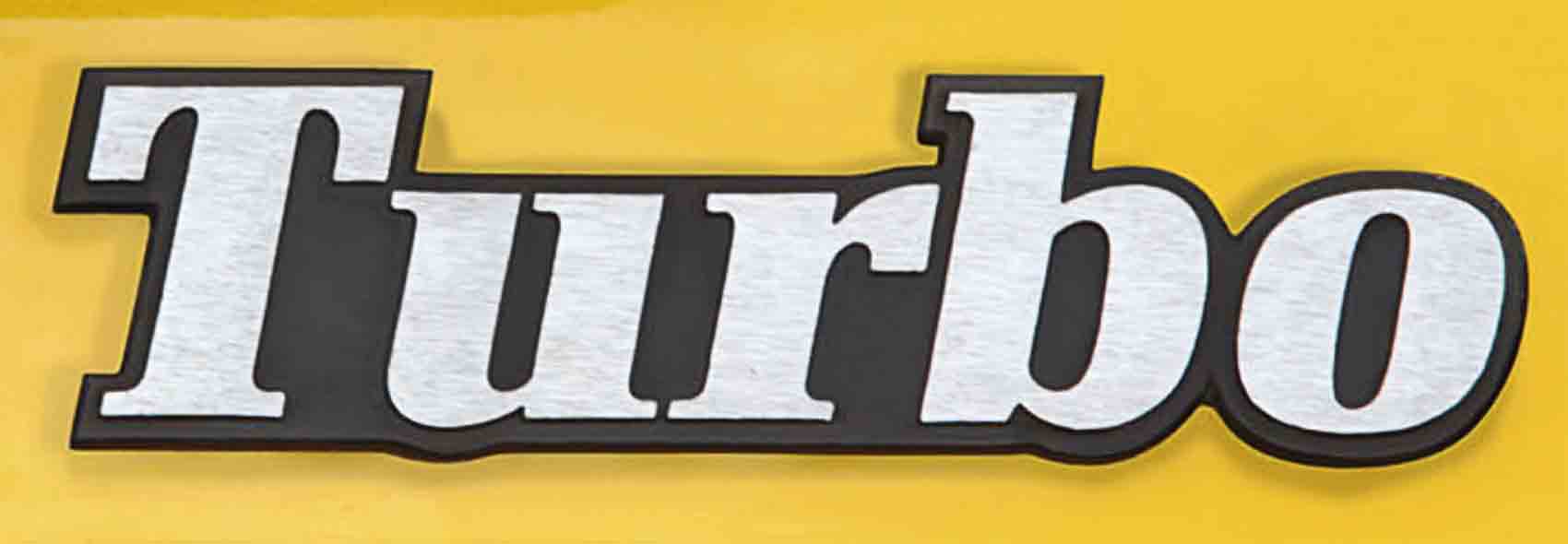
Turbo badge hints at car’s performance
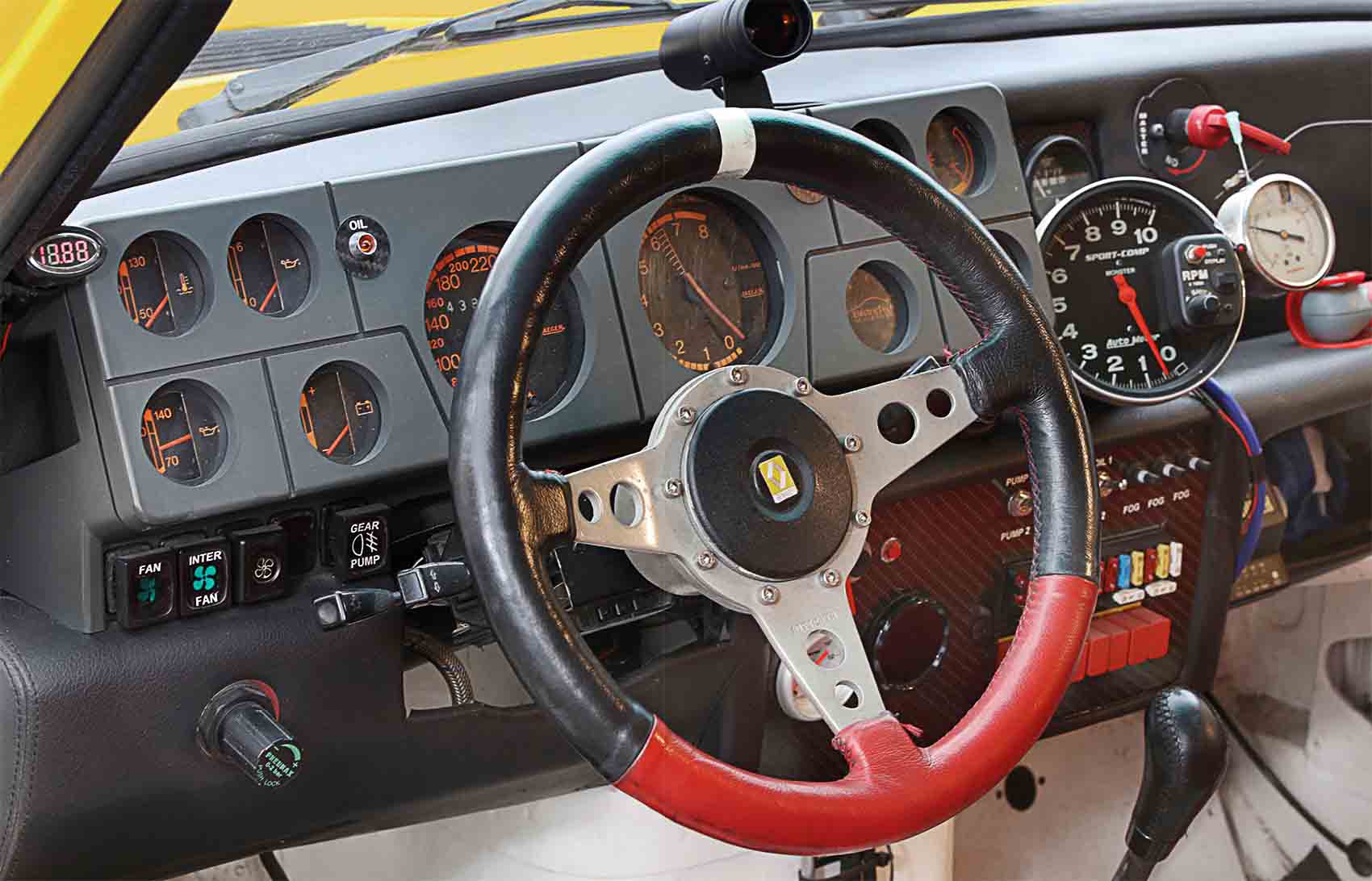
Heavily modified dashboard features equipment used in rallying
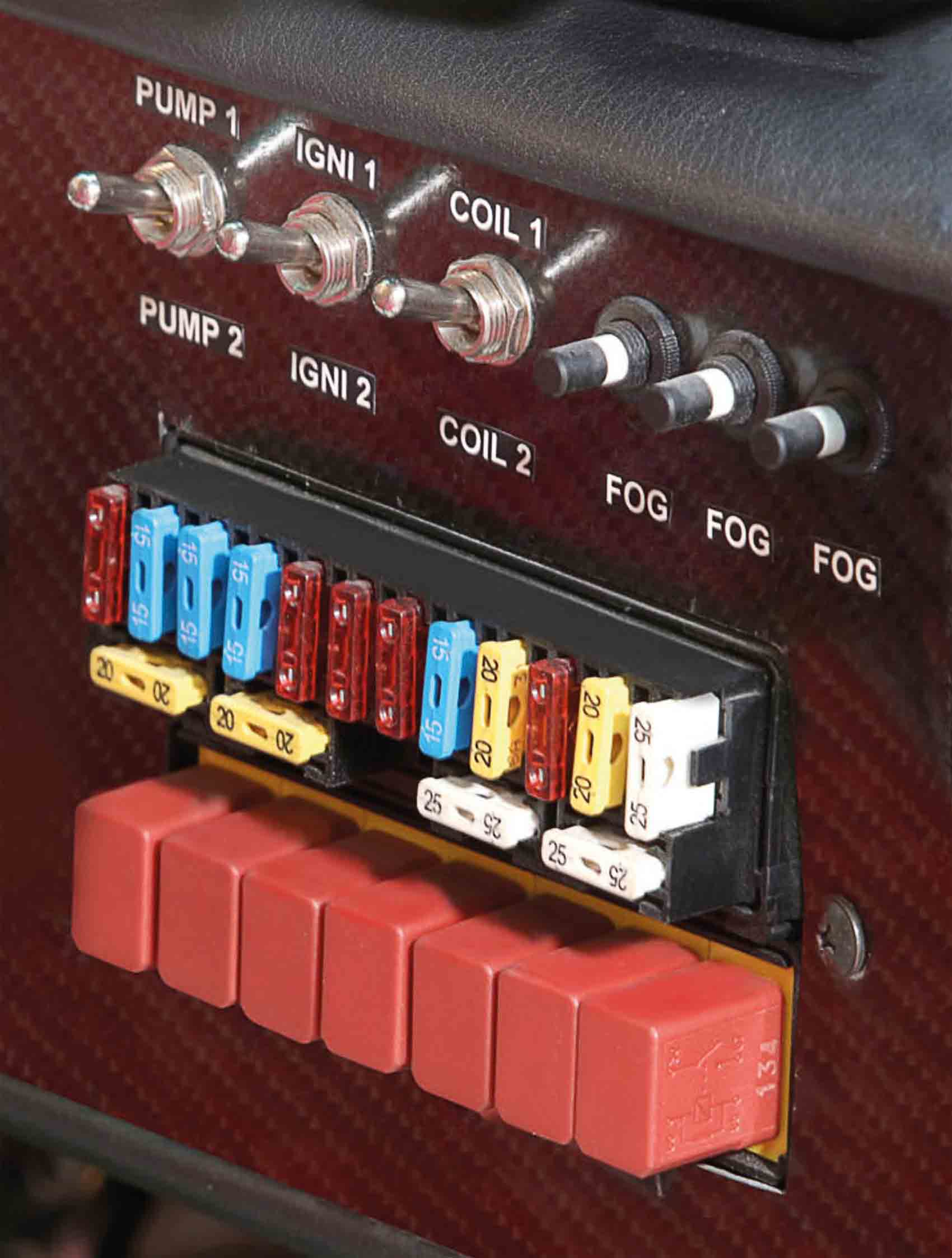
Complex electrical systems maximize performance
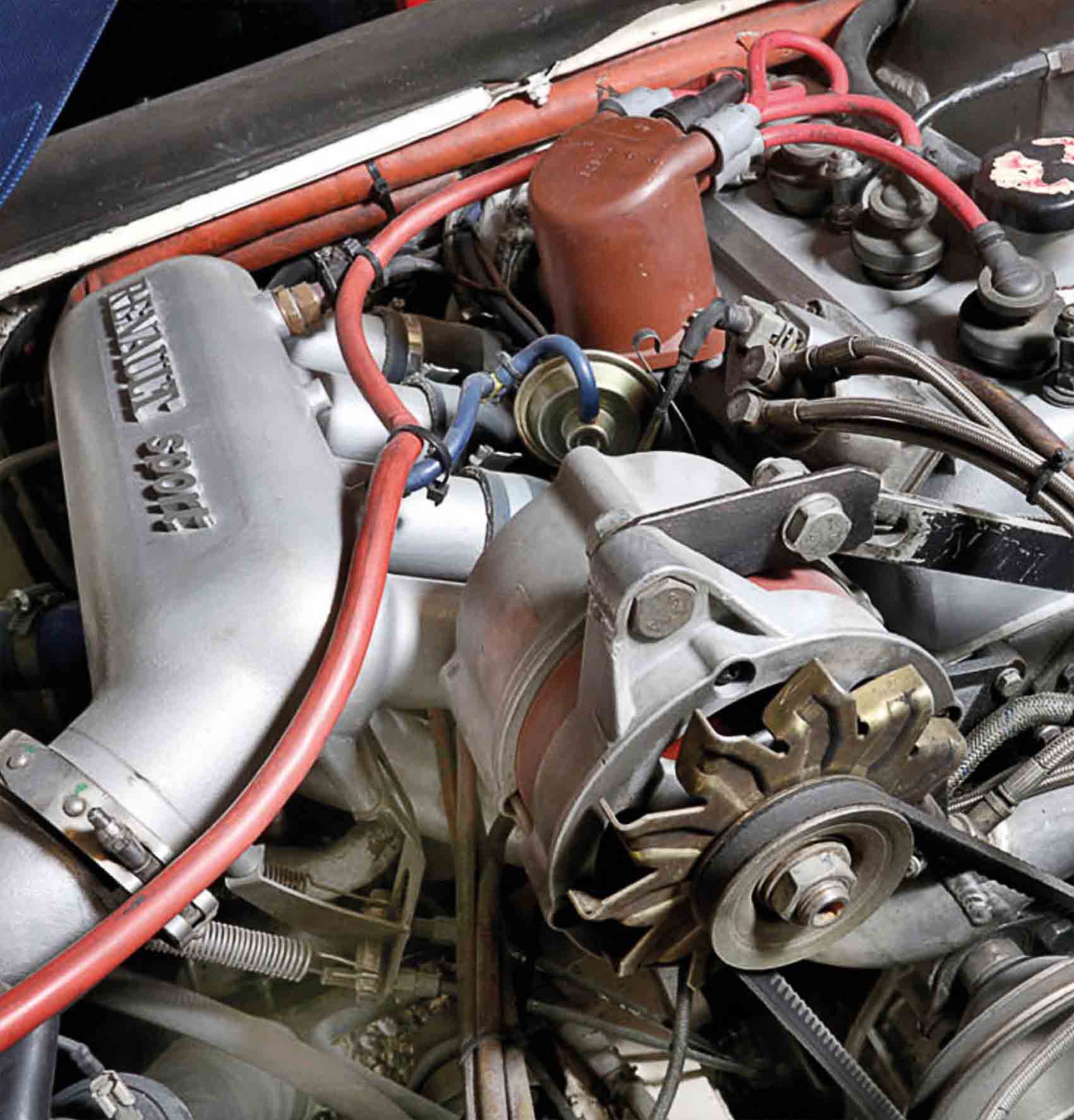
Turbo-charged Renault engine
It is a quote. The Classic Car Book – The Definitive Visual History 2016




